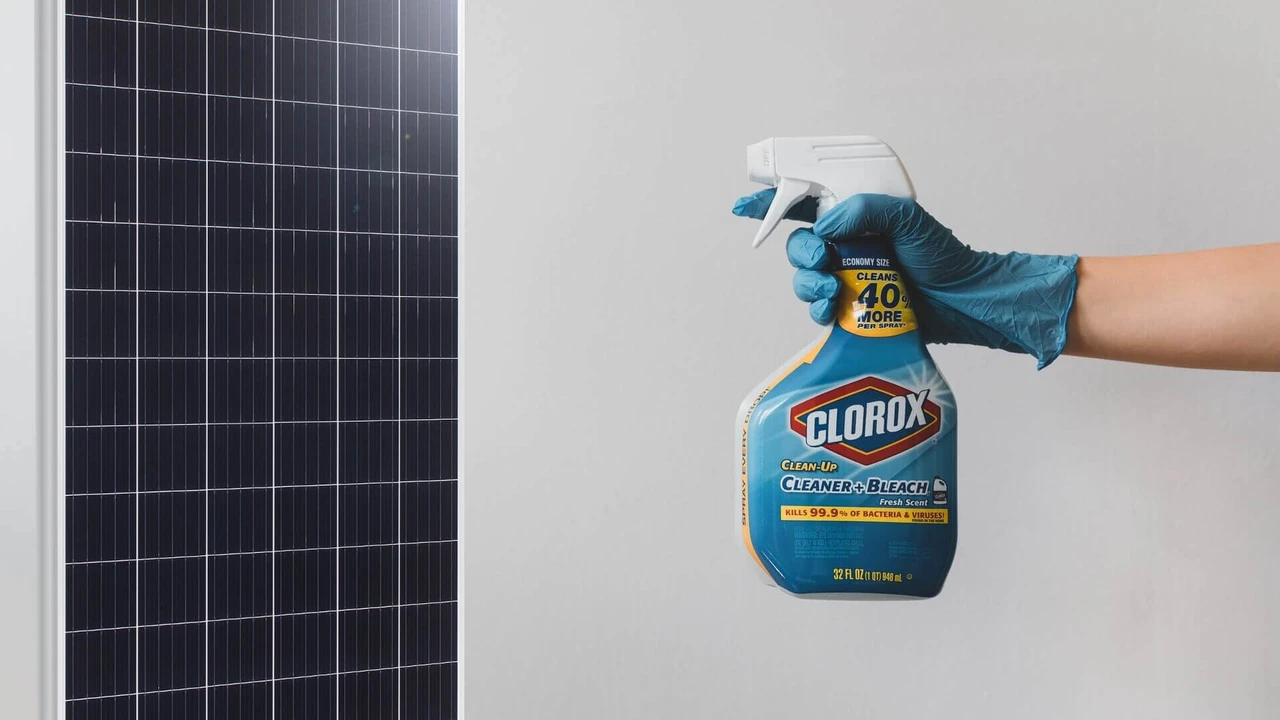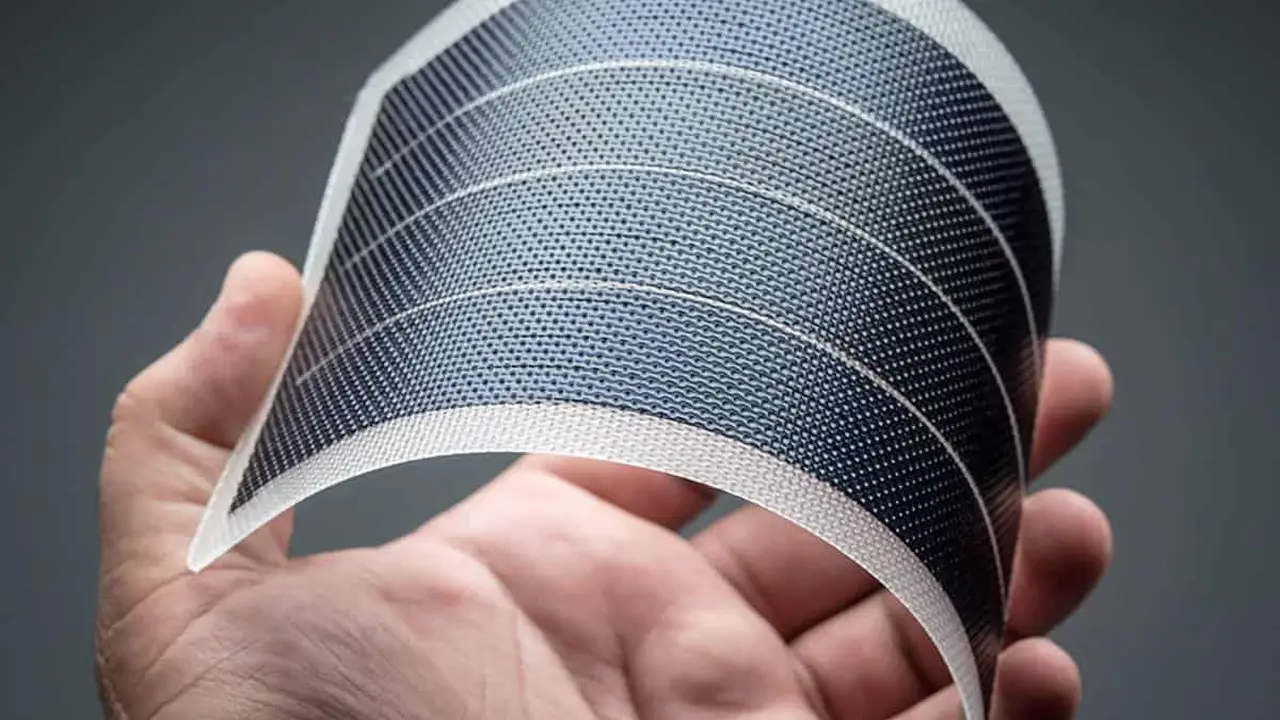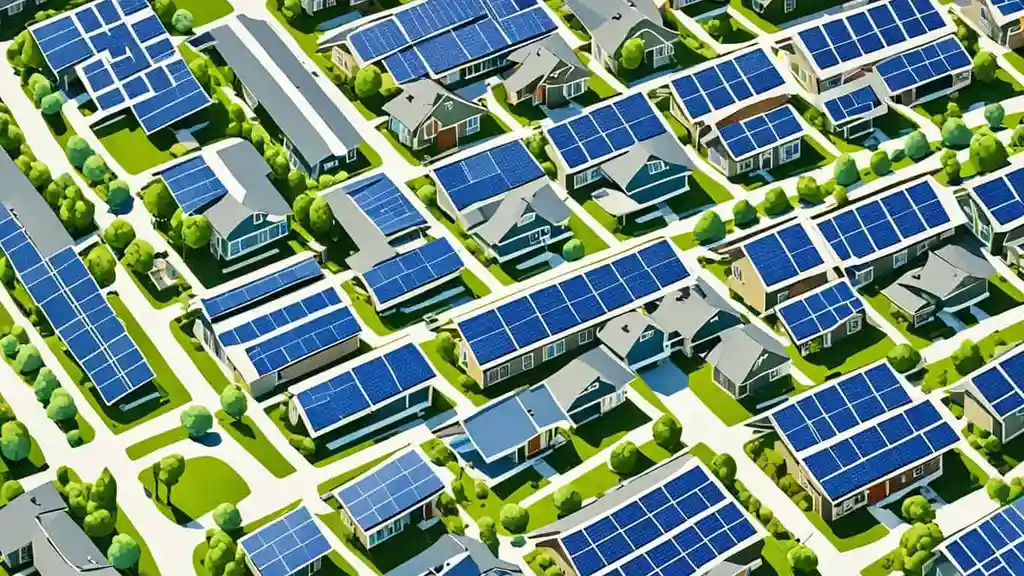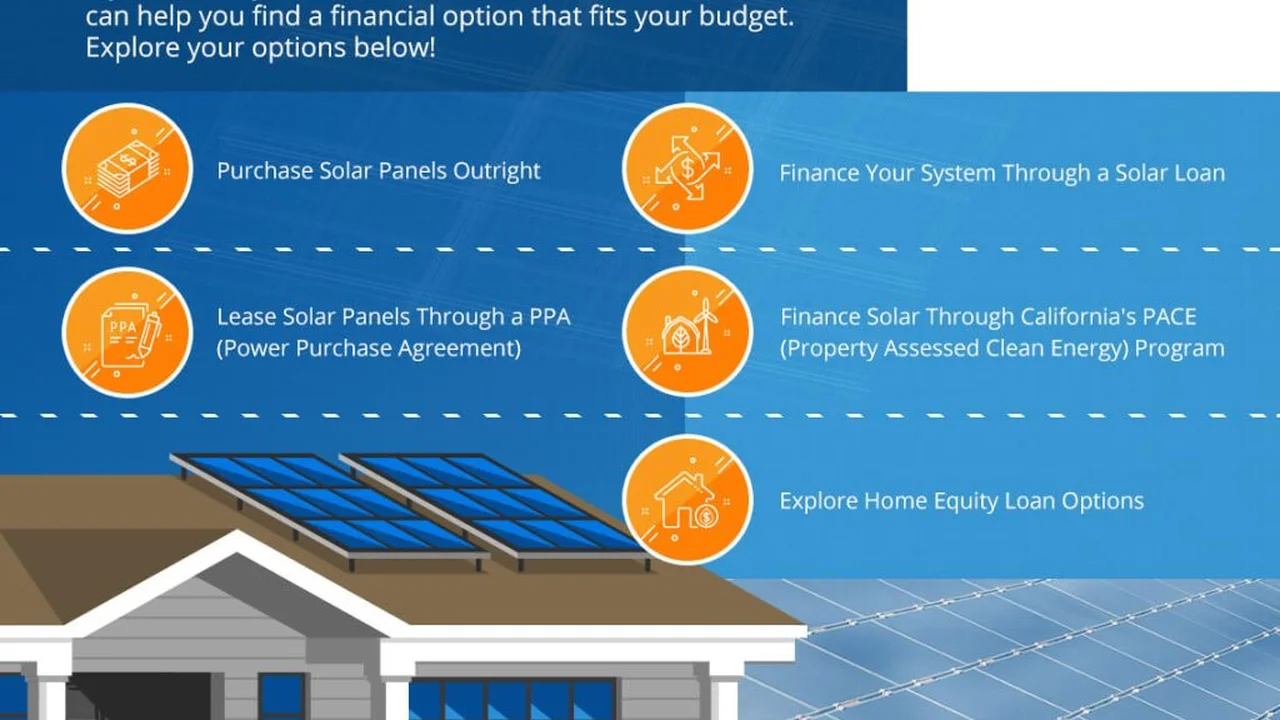Solar Panel String Sizing: Optimizing System Performance
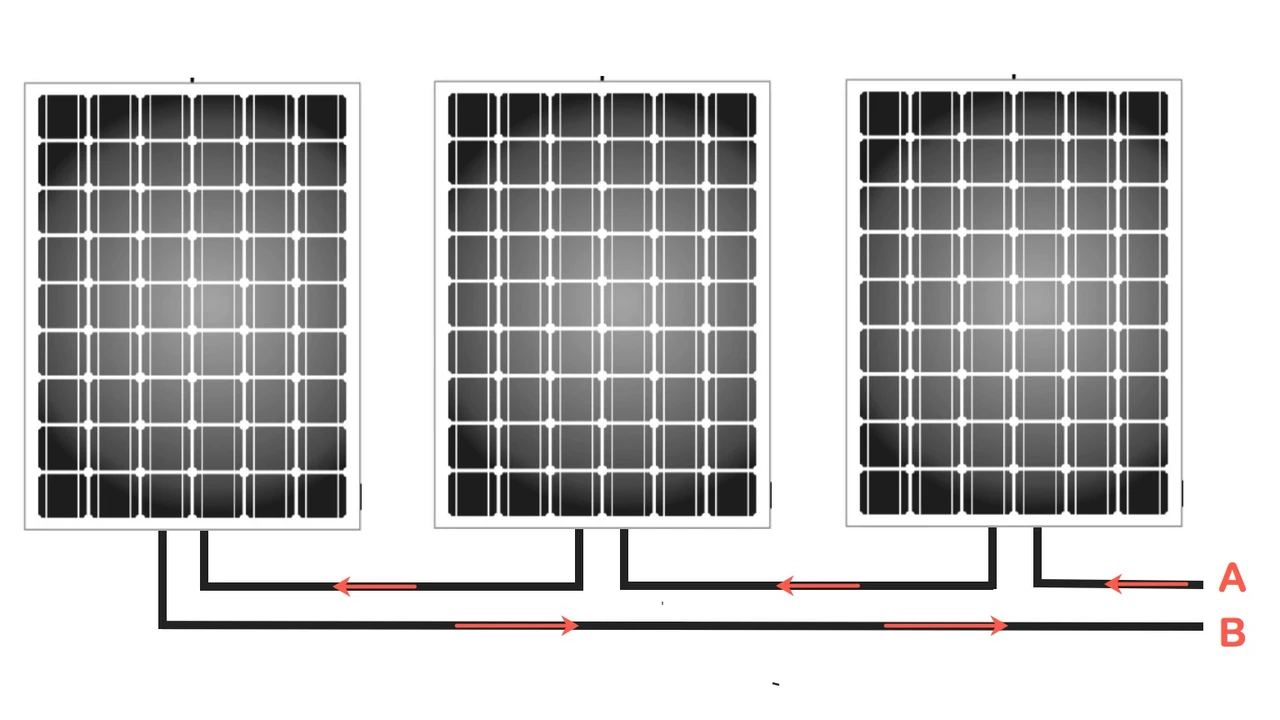
Understanding Solar Panel String Sizing Key Concepts for Optimal Performance
Alright, let's dive into solar panel string sizing. It sounds technical, and honestly, it can be, but we're going to break it down. Think of your solar panels like batteries. You can't just connect one battery to power your whole house, right? You need more. Same with solar panels. You connect them in series (like batteries in a flashlight) to increase the voltage, and this series is called a "string." Getting the right number of panels in a string is crucial for your inverter to work efficiently and safely.
What happens if my string is too short or too long?
Good question! If your string is too short, the voltage might be too low for the inverter to even turn on. It's like trying to start your car with a nearly dead battery. If it's too long, the voltage might exceed the inverter's maximum voltage rating, potentially damaging it. Think of it like overfilling a balloon – eventually, it's going to pop!
Calculating Solar Panel String Size Voltage Current and Temperature Considerations
Okay, so how do you figure out the perfect string size? It's all about the numbers! You'll need to know a few things about your solar panels and your inverter. Let's start with the solar panel specs. Look for these on the panel's datasheet:
- Voc (Open Circuit Voltage): This is the voltage the panel produces when it's not connected to anything.
- Vmp (Voltage at Maximum Power): This is the voltage the panel produces when it's operating at its maximum power point.
- Imp (Current at Maximum Power): This is the current the panel produces when it's operating at its maximum power point.
- Temperature Coefficient of Voc: This tells you how much the Voc changes with temperature.
Now, for the inverter, you need to know:
- Maximum Input Voltage: This is the highest voltage the inverter can handle.
- Minimum Input Voltage (MPPT Voltage Range): This is the lowest voltage the inverter needs to start producing power.
The Math Behind String Sizing Calculating Minimum and Maximum String Length
Here's the general idea:
- Calculate the Maximum String Voltage: This is the Voc of your panel multiplied by the number of panels in the string, adjusted for the coldest expected temperature. Cold temperatures increase voltage! Use the temperature coefficient of Voc to figure out the voltage increase. Make sure this number is LESS than the inverter's maximum input voltage.
- Calculate the Minimum String Voltage: This is the Vmp of your panel multiplied by the number of panels in the string, adjusted for the hottest expected temperature. Hot temperatures decrease voltage! Make sure this number is MORE than the inverter's minimum input voltage (MPPT voltage range).
There are tons of online string sizing calculators that can do this for you, but it's good to understand the principles. Don't just blindly trust the calculator – double-check the numbers and make sure they make sense!
Factors Affecting String Sizing Shading Orientation and Temperature Impact
It's not just about the numbers on the datasheets, though. Real-world factors can significantly affect your string sizing.
Shading's Impact on Solar Panel Strings
Shading is a killer for solar panel performance. Even partial shading on one panel in a string can drastically reduce the output of the entire string. If you have shading issues, consider using microinverters or power optimizers. These devices allow each panel to operate independently, minimizing the impact of shading.
Orientation and Tilt Angle Optimization for String Sizing
The orientation and tilt angle of your panels also affect their output. Ideally, you want your panels facing south (in the Northern Hemisphere) at an angle that's roughly equal to your latitude. However, if you have panels facing different directions, you'll need to account for the different power outputs when calculating string sizes.
Temperature Variations and Their Role in String Sizing
As we mentioned earlier, temperature plays a big role. Extreme temperatures can significantly affect the voltage of your panels. Make sure you use accurate temperature data for your location when calculating string sizes.
Solar Panel String Sizing Tools and Resources Online Calculators and Software
Okay, so you don't want to do all that math by hand? No problem! There are tons of free and paid string sizing tools available online. Here are a few popular options:
- SMA Sunny Design Web: This is a free, web-based tool from SMA, a leading inverter manufacturer. It's comprehensive and easy to use.
- SolarEdge Designer: If you're using SolarEdge inverters and optimizers, this tool is a must-have.
- Morningstar String Sizing Tool: A popular option for off-grid systems.
These tools will ask you for information about your panels, inverter, and location, and then they'll calculate the optimal string size for you.
Recommended Solar Panels for String Sizing Considerations Product Reviews and Comparisons
Alright, let's talk about some specific solar panels. Choosing the right panel is important for string sizing and overall system performance.
REC Group Alpha Series Solar Panels
The REC Group Alpha Series are high-efficiency panels known for their durability and performance in challenging conditions. They use half-cut cell technology, which improves efficiency and reduces the impact of shading. These are a great option if you're looking for a premium panel with a long lifespan. Expect to pay around $350-$400 per panel for a 400W+ model.
Qcells Q.PEAK DUO BLK Series Solar Panels
Qcells panels are known for their reliability and affordability. The Q.PEAK DUO BLK series offers good performance at a reasonable price. They're a good choice for residential and commercial installations. They typically range from $250-$300 per panel for a 350W+ model.
Panasonic EverVolt Series Solar Panels
Panasonic EverVolt panels are known for their high efficiency and excellent warranty. They're a premium option that's worth considering if you want the best possible performance and peace of mind. They also have a great temperature coefficient, meaning they perform well in hot climates. Expect to pay around $400-$450 per panel for a 400W+ model.
Product Comparison Table
Here's a quick comparison table:
| Panel | Efficiency | Warranty | Price (approx.) | Pros | Cons |
|---|---|---|---|---|---|
| REC Alpha Series | 21%+ | 25 years | $350-$400 | High efficiency, durable | More expensive |
| Qcells Q.PEAK DUO BLK | 20%+ | 25 years | $250-$300 | Good value, reliable | Lower efficiency than REC |
| Panasonic EverVolt | 21%+ | 25 years | $400-$450 | High efficiency, excellent warranty, great temperature coefficient | Most expensive |
Inverter Compatibility and String Sizing Ensuring Optimal Performance
Choosing the right inverter is just as important as choosing the right solar panels. Make sure the inverter is compatible with the voltage and current characteristics of your solar panel strings.
SMA Inverters A Popular Choice for String Inverter Systems
SMA is a leading manufacturer of string inverters. Their Sunny Boy series is a popular choice for residential and commercial installations. They're known for their reliability and efficiency. A good SMA inverter for a typical residential system might cost around $2,000-$3,000.
SolarEdge Inverters and Power Optimizers Maximizing Energy Production
SolarEdge inverters are often paired with power optimizers. Power optimizers allow each panel to operate independently, which improves performance in shaded conditions. SolarEdge systems are generally more expensive than traditional string inverter systems, but they can provide better energy production, especially if you have shading issues. A SolarEdge inverter with optimizers for a typical residential system might cost around $3,000-$4,000.
Enphase Microinverters A Flexible Solution for Complex Roofs
Enphase microinverters are another option. Microinverters are installed on each individual panel, which allows them to operate independently. This is a good choice for complex roofs with multiple orientations or shading issues. Enphase systems are also generally more expensive than traditional string inverter systems. An Enphase system for a typical residential system might cost around $4,000-$5,000.
Troubleshooting String Sizing Issues Common Problems and Solutions
Even with careful planning, things can sometimes go wrong. Here are some common string sizing issues and how to fix them:
Voltage Drop in Solar Panel Strings
Voltage drop can occur in long strings of solar panels. This can reduce the efficiency of your system. To minimize voltage drop, use thicker wires and keep the string lengths as short as possible.
Ground Faults and Arc Faults Detecting and Resolving Issues
Ground faults and arc faults are serious safety hazards. Your inverter should have built-in protection against these types of faults. If you suspect a ground fault or arc fault, contact a qualified solar installer immediately.
Over Voltage and Under Voltage Situations Addressing String Sizing Problems
If your inverter is constantly reporting over-voltage or under-voltage errors, it's likely that your string sizing is incorrect. Double-check your calculations and make sure you're using the correct panel and inverter specifications.
Future Trends in Solar Panel String Sizing Technology Advancements
The solar industry is constantly evolving. Here are a few trends to watch out for:
Higher Voltage Solar Panels and Inverters
Higher voltage solar panels and inverters are becoming more common. This allows for longer string lengths and reduces the cost of wiring.
Smart String Sizing Tools and Algorithms
Smart string sizing tools are using advanced algorithms to optimize string sizes based on real-world data and weather patterns.
Integration of Energy Storage Systems with Solar Panel Strings
Energy storage systems are becoming increasingly popular. String sizing needs to be carefully considered when integrating batteries into a solar system.
String Sizing for Off-Grid Solar Systems Unique Considerations
Off-grid solar systems have unique string sizing considerations. You need to make sure that your solar panels can provide enough power to charge your batteries and run your appliances. You also need to consider the voltage requirements of your battery bank.
That's a pretty comprehensive overview of solar panel string sizing! Remember to always consult with a qualified solar installer to ensure that your system is designed and installed correctly. Good luck!
:max_bytes(150000):strip_icc()/277019-baked-pork-chops-with-cream-of-mushroom-soup-DDMFS-beauty-4x3-BG-7505-5762b731cf30447d9cbbbbbf387beafa.jpg)



